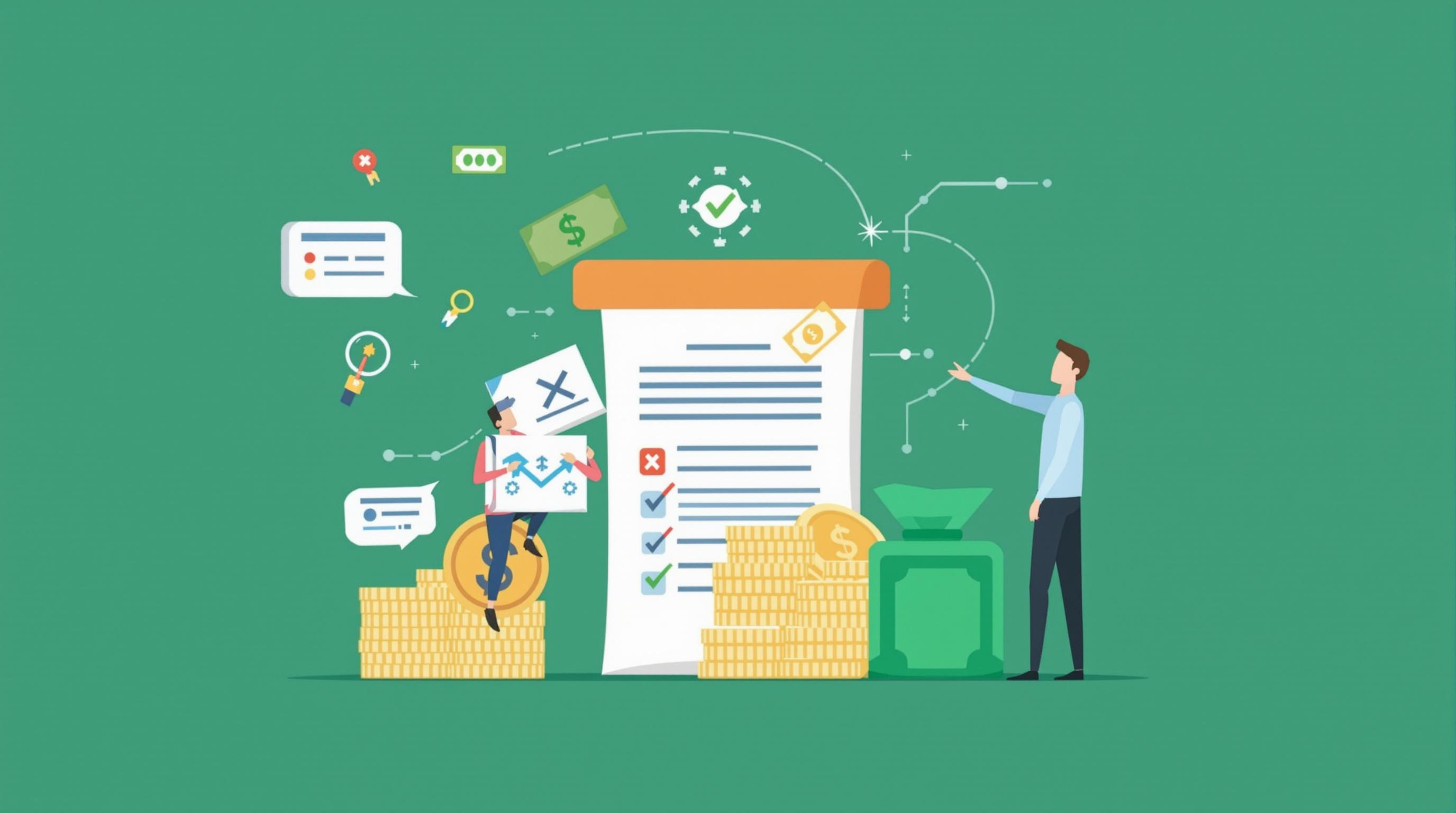Related Articles
- Top 5 Eco-Friendly Wallets Released Since 2019 That Blend Style with Smart Money Management
- Unlocking the Psychology of Spending: How Emotional Triggers Sabotage Your Saving Habits Without You Noticing
- Top 6 Revolutionary Micro-Investment Tools Launched Since 2019 Transforming Family Emergency Cash Reserves
- Top 6 New Credit Builder Cards and Apps From the Past Five Years That Actually Speed Up Your Score Growth
- Top 6 Innovative Debt Restructuring Tools from 2019 to 2024 That Outsmart Traditional Refinancing Options
- How Identity Protection Plans Intersect with Cyberpsychology to Influence Consumer Behavior and Risk Perception
How Climate Change is Reshaping Lending Criteria and What It Means for Borrowers in the Next Decade
How Climate Change is Reshaping Lending Criteria and What It Means for Borrowers in the Next Decade
Climate change is fundamentally transforming how lenders assess risk, influencing everything from interest rates to loan approvals. This shift will profoundly impact borrowers over the next decade, reshaping financial landscapes and personal opportunities.
A New Lens for Lending: Climate Risk as Financial Risk
Traditionally, lenders primarily evaluated creditworthiness based on income, credit scores, and debt-to-income ratios. However, with the escalating effects of climate change—ranging from devastating wildfires in California to recurrent flooding in Bangladesh—financial institutions now incorporate environmental risks into their criteria. According to a 2023 report by the Network for Greening the Financial System (NGFS), up to 45% of global financial assets are vulnerable to climate-related risks if current trends continue.
This means loans for properties in high-risk flood zones or drought-prone agricultural areas may face higher interest rates or outright denial. Lenders are deploying advanced climate risk models that account for regional environmental hazards, adapting lending strategies to mitigate these emerging threats.
Borrower Impact: Who Pays the Price?
Imagine Sarah, a millennial homebuyer aiming to purchase a cozy coastal cottage. Despite a spotless credit history, her mortgage application is flagged because her property lies in an area forecasted to experience rising sea levels and hurricane intensification. This isn’t sci-fi—it’s an emerging reality. Borrowers like Sarah might face tougher scrutiny or additional insurance costs, which in turn increases their financial burden.
In some ways, this shift promotes responsibility, encouraging investments in sustainable and climate-resilient properties. Yet, critics argue it risks disenfranchising lower-income communities disproportionately affected by climate change while lacking resources to relocate or retrofit their homes.
Case Study: The Dutch Approach to Climate-Informed Lending
The Netherlands, renowned for its water management expertise, offers an illustrative example. Dutch banks have begun integrating flood resilience factors into mortgage lending since 2021, requiring flood defenses or elevation studies for homes in vulnerable regions. Early data shows that borrowers who invest in flood-proofing enjoy lower interest rates. This proactive framework creates a market incentive for climate-adaptive behaviors—demonstrating how localized strategies can mitigate risks effectively.
The Rise of Green Financing: Opportunities and Challenges
From green bonds to sustainability-linked loans, financial markets are buzzing with climate-conscious products. These alternatives reward borrowers who prioritize ecological impact, offering lower rates or improved terms for eco-friendly ventures. For businesses investing in renewable energy projects or energy-efficient retrofits, this means easier access to capital. According to BloombergNEF, global green bond issuance topped $400 billion in 2023, underlining investor appetite.
However, the green finance market still wrestles with standardization issues. Many borrowers struggle to meet the stringent certification criteria required for favorable terms, such as those set by the Climate Bonds Initiative. Without clear and uniform benchmarks, confusion abounds, undermining the potential benefits of climate-aligned lending.
A Personal Story: Jamal’s Solar Farm Venture
Jamal, a 38-year-old entrepreneur from Kenya, received a sustainability-linked loan to expand his solar farm. The loan conditions included meeting specific energy output targets and demonstrating a measurable reduction in carbon emissions. Thanks to this financing, Jamal increased his capacity by 50%, powering thousands of homes with clean energy. His success highlights how climate-forward lending can catalyze positive change when accessible to innovative borrowers.
Data Speaks: Delinquency Risks and Climate Exposure
Interestingly, Fannie Mae’s 2024 housing report revealed that mortgages in wildfire-prone areas had a 15% higher delinquency rate compared to the national average, illustrating the financial repercussions of ignoring climate factors. This stark statistic reinforces why lenders are tightening criteria, although it also raises ethical questions about supporting vulnerable homeowners.
Adaptation Strategies for Borrowers
If you’re considering a loan in today’s shifting climate landscape, awareness and preparation are vital. Conduct due diligence by understanding your property’s exposure to climate threats—tools like FEMA’s flood maps or local climate adaptation plans can guide you. Investing in mitigation measures, such as improved insulation, storm-resistant windows, or elevating structures, can make a measurable difference in lending decisions.
Moreover, be proactive in seeking out lenders offering green or sustainability-linked loans that align with your goals. Engaging early with financial advisors versed in climate-risk assessment can also provide an edge in navigating new complexities.
The Role of Policymakers and Regulators
Climate change’s influence on lending criteria is not occurring in a vacuum. Governments worldwide are introducing regulations requiring financial institutions to disclose climate-related risks. The European Union’s Sustainable Finance Disclosure Regulation (SFDR) is a leading example, compelling banks to be transparent about their portfolios’ ecological footprints.
Such policies not only promote transparency but may standardize lending practices to ensure that risk assessments are consistent and just. This evolving regulatory environment will further shape how lenders and borrowers interact, likely increasing the prevalence of climate-conscious financing products.
Humorous Take: Lending in 2034—Will We Pay in Carbon Credits?
Picture this: It’s 2034, and your lender asks, “Have you offset your annual carbon footprint? No? Then, no loan for you!” While that sounds like a punchline from a sci-fi comedy, the trajectory of climate policy and finance suggests it might not be far off. As climate priorities tighten, borrowers could find traditional cash metrics replaced or supplemented by environmental "credit scores"—a quirky twist on the old financial script.
Conclusion: A Paradigm Shift Shaping the Future
The interplay between climate change and lending criteria is a complex dance of risk, responsibility, and opportunity. For borrowers, it means navigating a landscape where environmental resilience and sustainability increasingly dictate financial access and terms. For lenders, integrating climate considerations safeguards portfolios but also demands balancing fairness and innovation.
As a 67-year-old technology enthusiast with decades of observing market shifts, I see this era as a pivotal moment. The next decade’s lending ecosystem will reward those who adapt—not just financially, but ethically and environmentally. Whether you’re a young first-time borrower or a seasoned investor, understanding these dynamics is key to thriving in the new climate-conscious economy.



